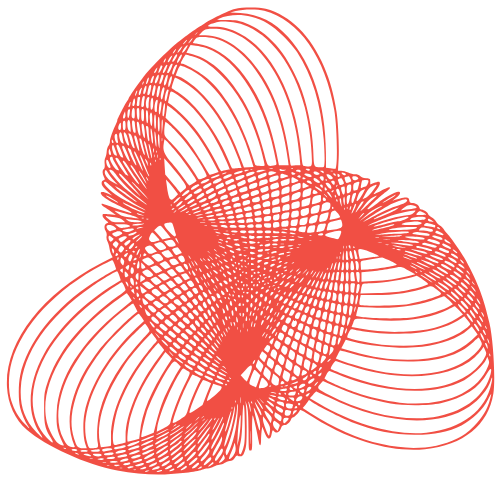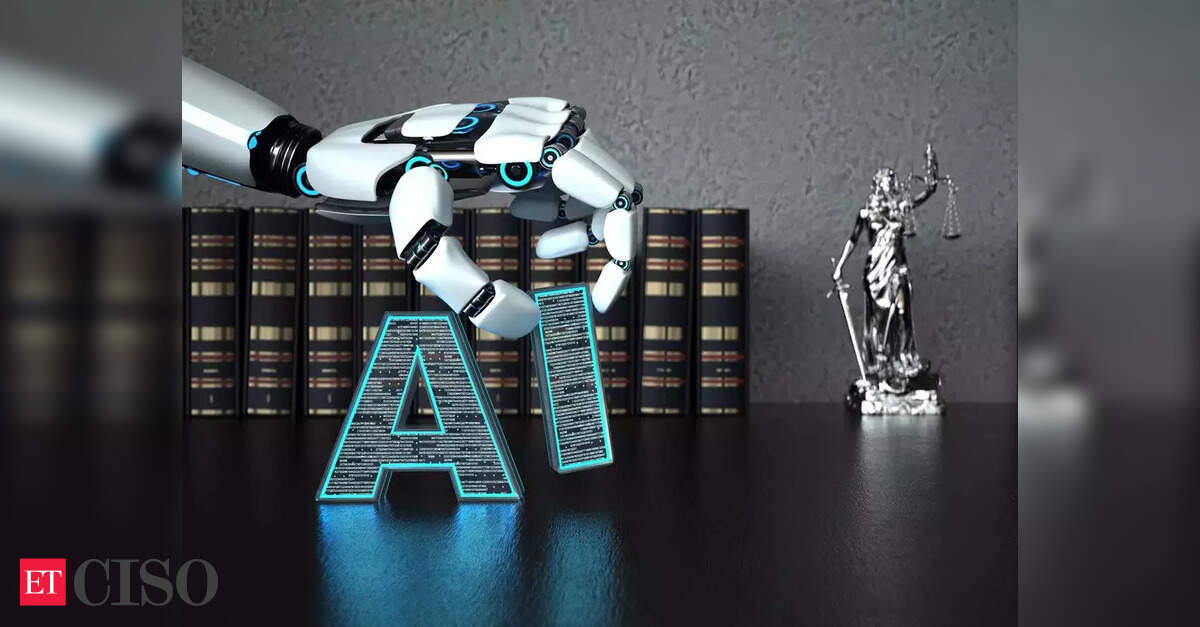Introduction to Counterintuitive
AI startup company, Counterintuitive, is on a mission to develop "reasoning-native computing," which enables machines to truly understand and comprehend, rather than just mimic. This breakthrough has the potential to revolutionize AI, shifting it from pattern recognition to genuine comprehension, and paving the way for systems that can think and make decisions in a more "human-like" manner.
The Twin Trap Problem
According to Counterintuitive Chairman, Gerard Rego, the company’s primary goal is to address the ‘twin trap’ problem that limits current AI systems. This problem consists of two key issues that prevent even the largest AI systems from being stable, efficient, and genuinely intelligent.
The First Trap: Numerical Foundations
The first trap is the lack of reliable, reproducible numerical foundations in today’s AI systems. These systems are built on outdated mathematical grounds, such as floating-point arithmetic, which was designed decades ago for speed in tasks like gaming and graphics. As a result, precision and consistency are lacking. In numerical systems, each mathematical operation introduces tiny rounding errors that can accumulate over time, causing non-determinism. This inconsistency makes it challenging to verify, reproduce, and audit AI decisions, particularly in fields like law, finance, and healthcare. If AI outputs cannot be explained or proven clearly, they become ‘hallucinations’ due to their lack of provability.
The Impact of the First Trap
Modern AI struggles with precision that lacks truth, creating an invisible wall. This flaw has become a rigid limit, affecting overall performance, increasing costs, and wasting energy on noise corrections. The lack of precision and consistency in AI systems hinders their ability to provide reliable and trustworthy results.
The Second Trap: Architecture
The second trap is found in the architecture of current AI models, which have no memory. Instead, they predict the next frame or token without retaining the reasoning that led to the prediction. This is similar to predictive text, but on a larger scale, according to the company. Once modern models output something, they don’t retain why they made that decision and are unable to revisit or build on their own reasoning. Although it may appear that AI has reason, it’s only mimicking reasoning, not truly understanding how conclusions are reached.
Counterintuitive’s Solution
"Counterintuitive is building a world-class team of mathematicians, computer scientists, physicists, and engineers who are veterans of leading global research labs and technology companies, and who understand the Twin Trap fundamentally and are solving it," Rego said. The team has more than 80 patents pending, spanning deterministic reasoning hardware, causal memory systems, and software frameworks that have the potential to "define the next generation of computing based on reasoning – not mimicry."
Reasoning-Native Computing
Counterintuitive’s reasoning-native computing research aims to produce the first reasoning chip and software reasoning stack that pushes AI beyond its current limits. The company’s artificial reasoning unit (ARU) is a new type of compute, rather than a processor, that focuses on memory-driven reasoning and executes causal logic in silicon, unlike GPUs. "Our ARU stack is more than a new chip category being developed – it’s a clean break from probabilistic computing," said Counterintuitive co-founder, Syam Appala.
The Future of Computing
The ARU will usher in the next age of computing, redefining intelligence from imitation to understanding and powering the applications that impact the most important sectors of the economy without the need for massive hardware, data center, and energy budgets. By integrating memory-driven causal logic into both hardware and software, Counterintuitive aims to develop systems that are more reliable and auditable, marking a shift from traditional speed-focused, probabilistic AI black-box models towards more transparent and accountable reasoning.
Learn More About AI and Big Data
(Image source: “Abacus” by blaahhi is licensed under CC BY 2.0.)

Want to learn more about AI and big data from industry leaders? Check out AI & Big Data Expo taking place in Amsterdam, California, and London. The comprehensive event is part of TechEx and co-located with other leading technology events. Click here for more information.
AI News is powered by TechForge Media. Explore other upcoming enterprise technology events and webinars here.
[ad_2]Source Link





